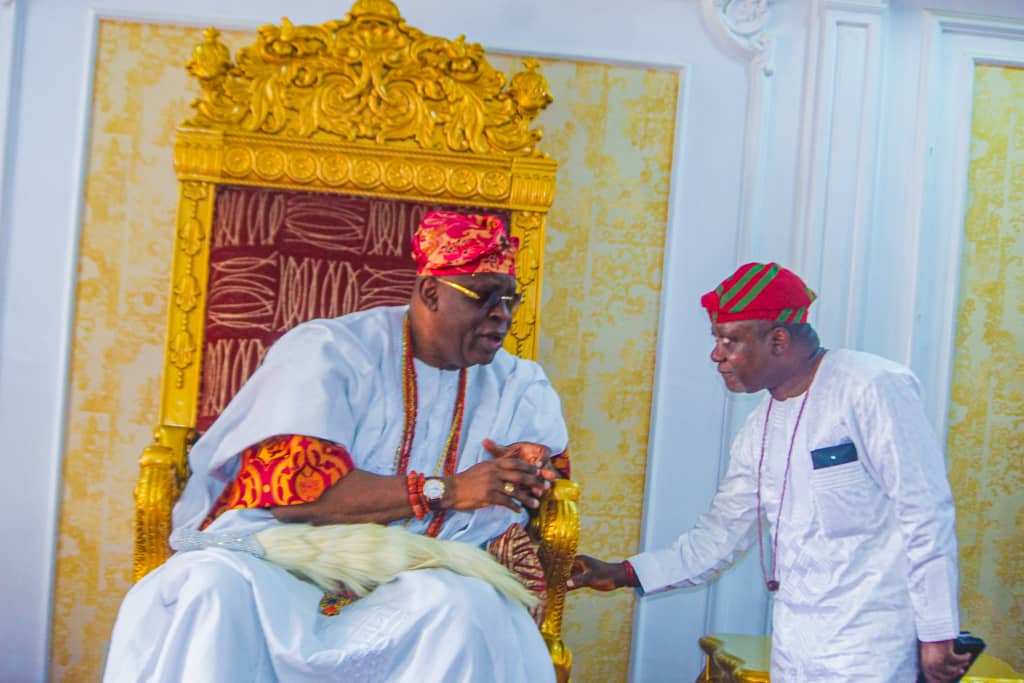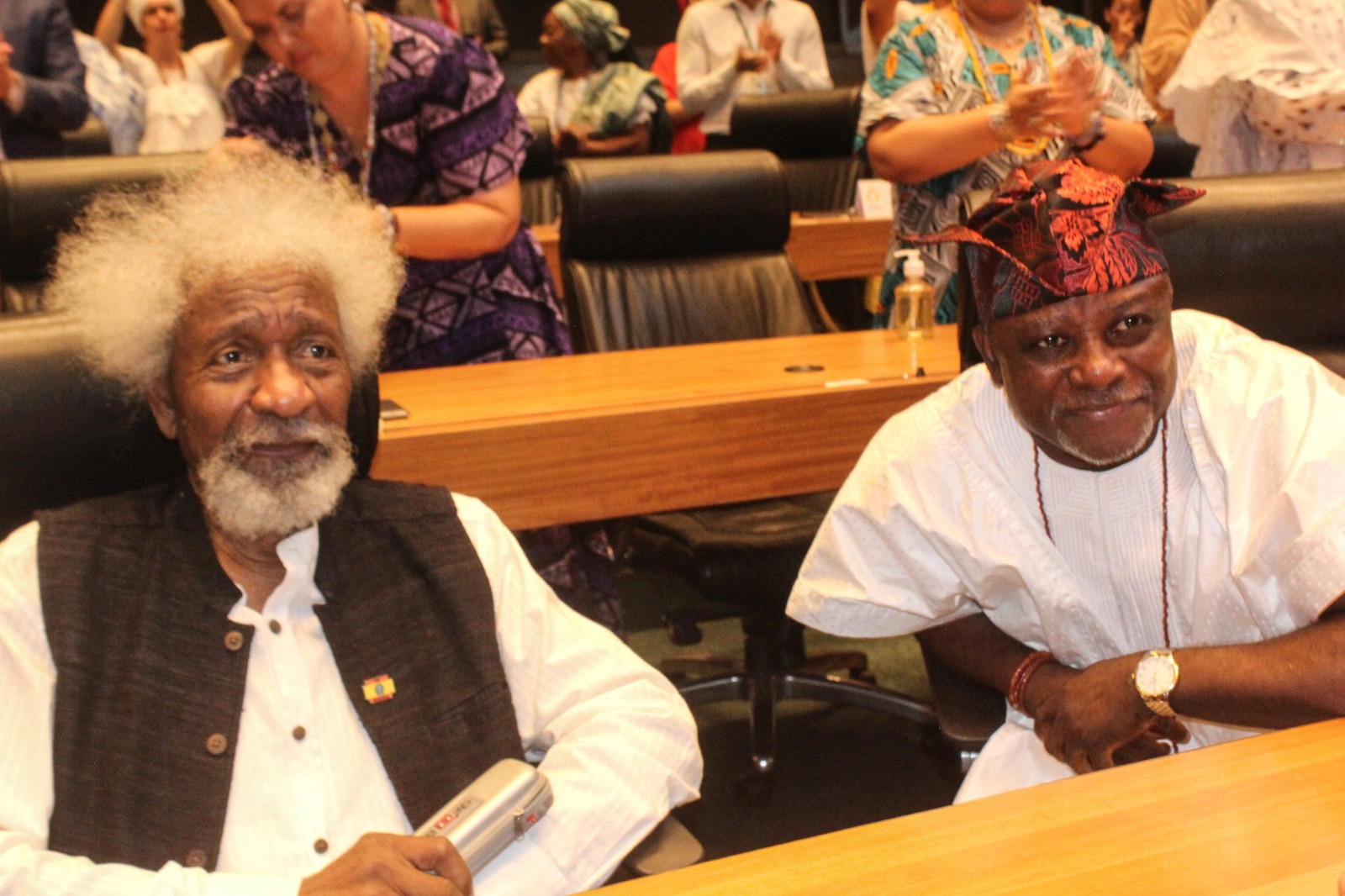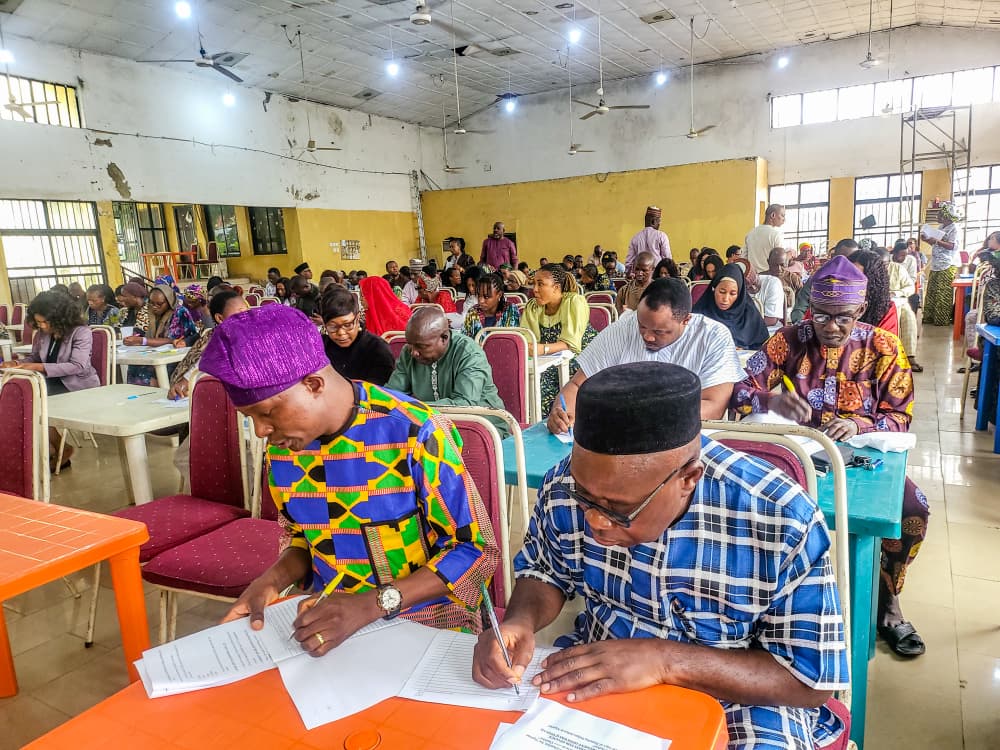The 2016 Olojo Festival in the ancient city of Ile-Ife gained momentum on Saturday, 15th October, 2016, as indigenes and non-indigenes in the town came out in their multitudes to celebrate the annual Ogun festival with all the major streets wearing new looks.
The whole town went agog as the Ooni of Ile-Ife, Oba Adeyeye Enitan Ogunwusi, Ojaja II, wore the sacred ‘Are Crown’ on his head for the first time since his enthronement last year.
The crown, made of 151 items, part of which are a cutlass and an hoe, and believed to weigh over 60kg spiritually, is worn once a year during the Olojo Festival; and the major gods of the ancient town are appeased during this period.
The Lowa Adimula of Ile-Ife, High Chief Joseph Ijadola, disclosed that the festival has been in existence since the days of their forefathers, explaining that the Olojo Festival commemorates the descent of Oduduwa to Ile-Ife; and saying that it is historically tied to Ogun, the quintessential deity of iron and truth.
The festival is a weeklong festival that normally kick-starts with the announcement of “Gbajure’ by the Owa Eredumi of Ife, which notifies the indigenes of the commencement of the festival; and this also sends the Ooni to five days seclusion during which he communes with the ancestors and prays for peace, unity and development of the town.
This year, the festival started gathering momentum from Friday, 14th October, when the “Osogun,” the Chief Priest of Ogun, who is saddled with the Ogun rituals at the Oke-Mogun shrine, offered sacrifices to Ogun and performed all the necessary rites.
On Saturday, which was the grand finale of the festival, the Ooni came out of seclusion to pray at the graveside of all his predecessors, from where he moved to the Emese’s Court, to the waiting hands of the High Chiefs in the town, Cultists (Isoro) Araba Agbaye, the head of all the traditional worshippers worldwide, who by tradition, are empowered to put the “Are Crown” on his head.
At about 5pm, the Ooni walked out of the palace symbolically to the Ogun shrine in an all-white apparel, with the Are Crown, to the admiration of a cheering mammoth crowd.
Oba Ogunwusi subsequently proceeded amidst prayers, hailing and gunshots, to the Ogun shrine, a distance of about five hundred (500) metres away from the palace, to meet the Osogun, who was already waiting for his arrival.
They both walked round the shrine seven times during which prayers were being offered to Ogun, the Yoruba god of iron, for peace and tranquillity, wishing that they both meet at the same point the following year.
The Ooni departed from Oke-Mogun shrine to a nearby “Idi Aje” (Another shrine) that is believed to give wealth to offer prayers for the people and the Yoruba race at large; and subsequently returned to the palace, following the same route he had used to remove the heavy Are Crown.
The Saturday event is usually the height of the festival because the crown is only worn on that day alone.

On Monday, which was the last day of the festival, the Ooni came out of the palace without the Are Crown, but with heavy presence of the crowd and proceeded to Oke-Mogun shrine to continue the prayers for his people, after which he visited his people at his family royal compound, where he was chosen as a king at Agbedegbede area, to greet them.
Dignitaries that graced the festival include Cuban Ambassador to Nigeria, His Excellency Carlos Tredjo Sosa; former Governor of Oyo State, Dr. Victor Olunloyo; factional leader of Odua Peoples Congress (OPC), Dr. Frederick Fasheun; Senator Babajide Mamowora; Hon. Rotimi Makinde; and the Ajero of Ijero Ekiti, Oba Adewole Joseph, among other eminent personalities.
National Institute for Cultural Orientation (NICO) Ibadan State Office was represented by Mr. Israel Areeson of the Research & Documentation Department.
© Nico news


